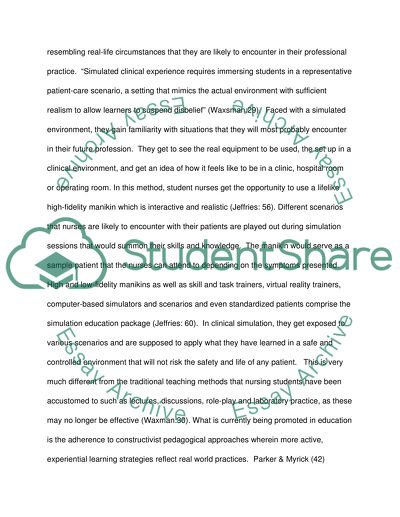Cite this document
(“The Advantages of Including Clinical Simulation in Nursing Education Research Paper”, n.d.)
The Advantages of Including Clinical Simulation in Nursing Education Research Paper. Retrieved from https://studentshare.org/nursing/1461407-write-a-description-of-a-current-topic-or
The Advantages of Including Clinical Simulation in Nursing Education Research Paper. Retrieved from https://studentshare.org/nursing/1461407-write-a-description-of-a-current-topic-or
(The Advantages of Including Clinical Simulation in Nursing Education Research Paper)
The Advantages of Including Clinical Simulation in Nursing Education Research Paper. https://studentshare.org/nursing/1461407-write-a-description-of-a-current-topic-or.
The Advantages of Including Clinical Simulation in Nursing Education Research Paper. https://studentshare.org/nursing/1461407-write-a-description-of-a-current-topic-or.
“The Advantages of Including Clinical Simulation in Nursing Education Research Paper”, n.d. https://studentshare.org/nursing/1461407-write-a-description-of-a-current-topic-or.


